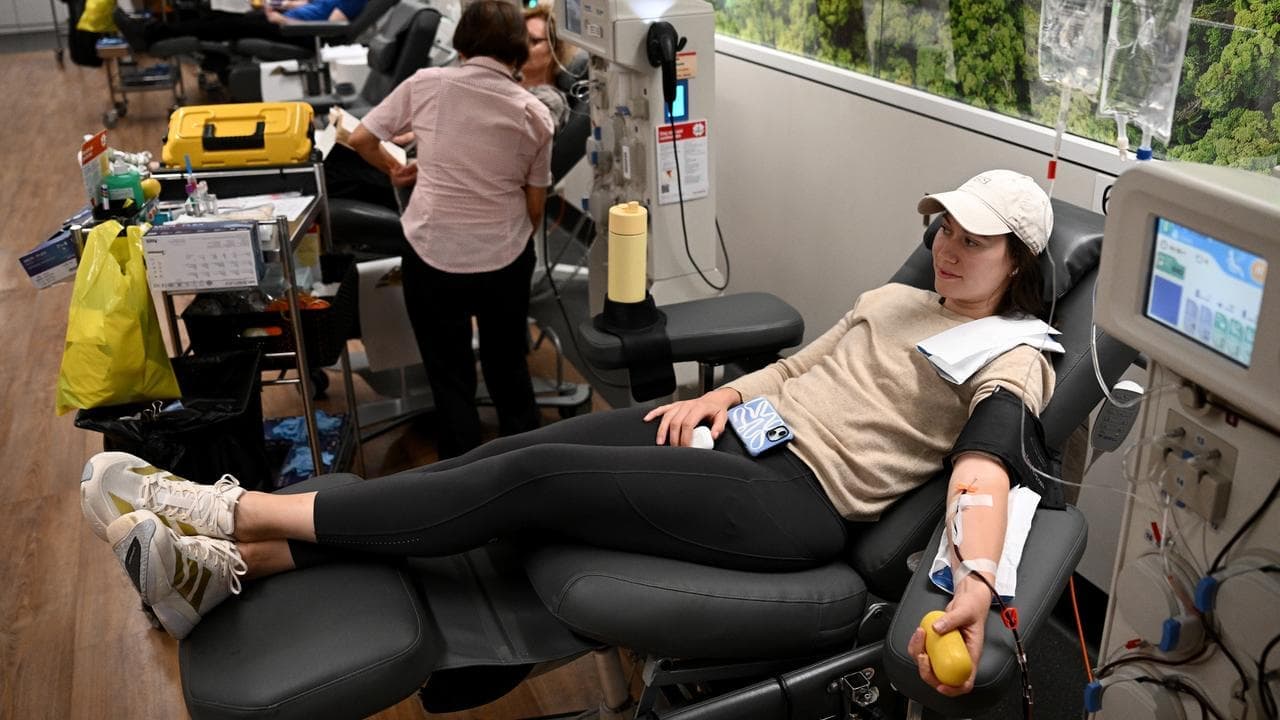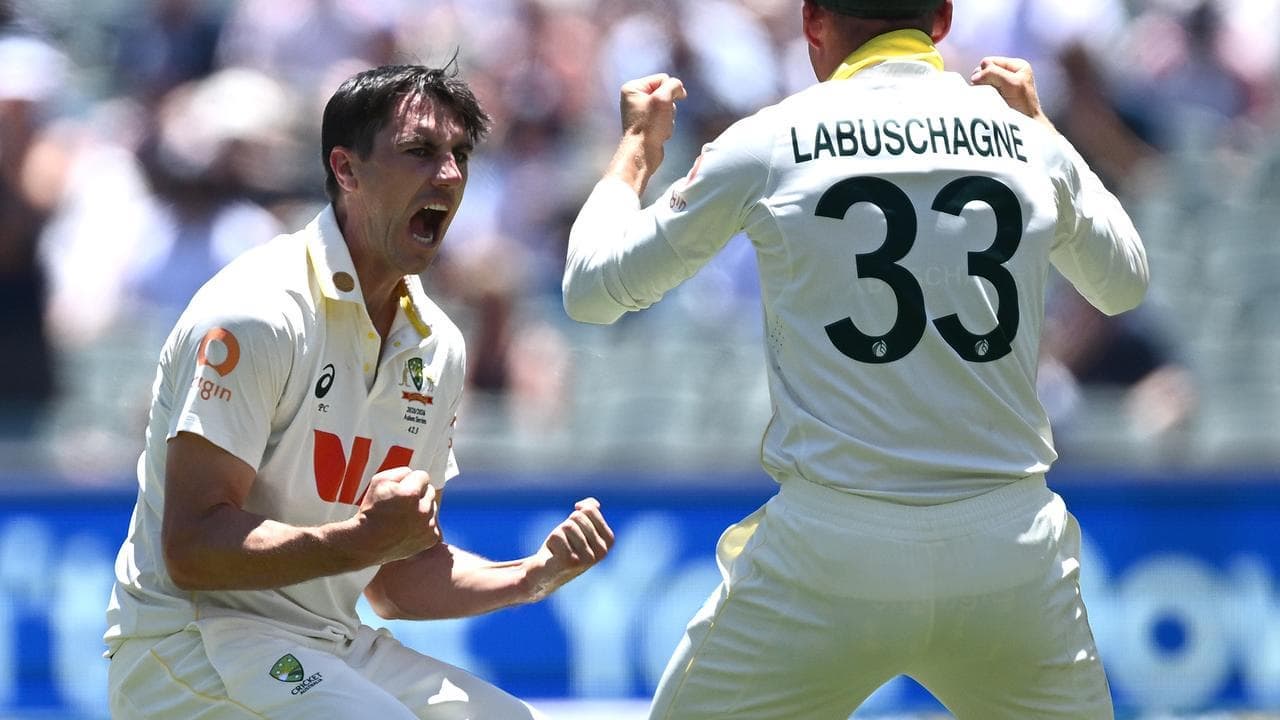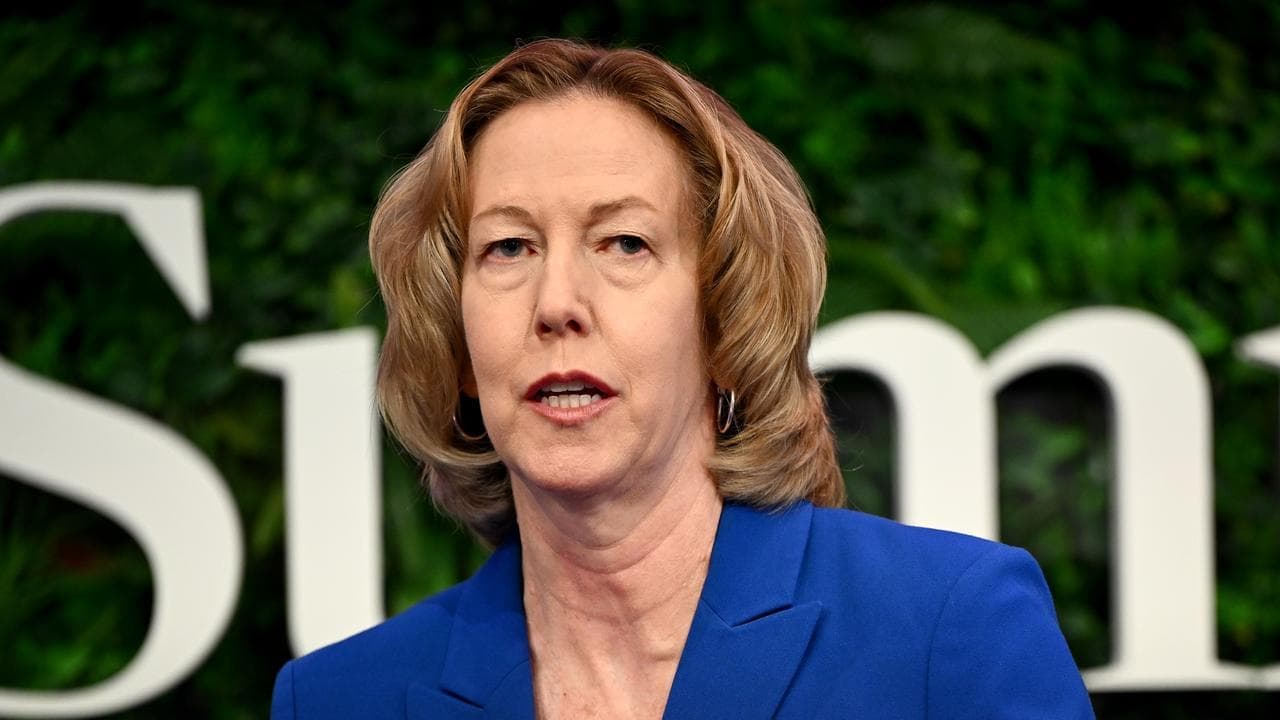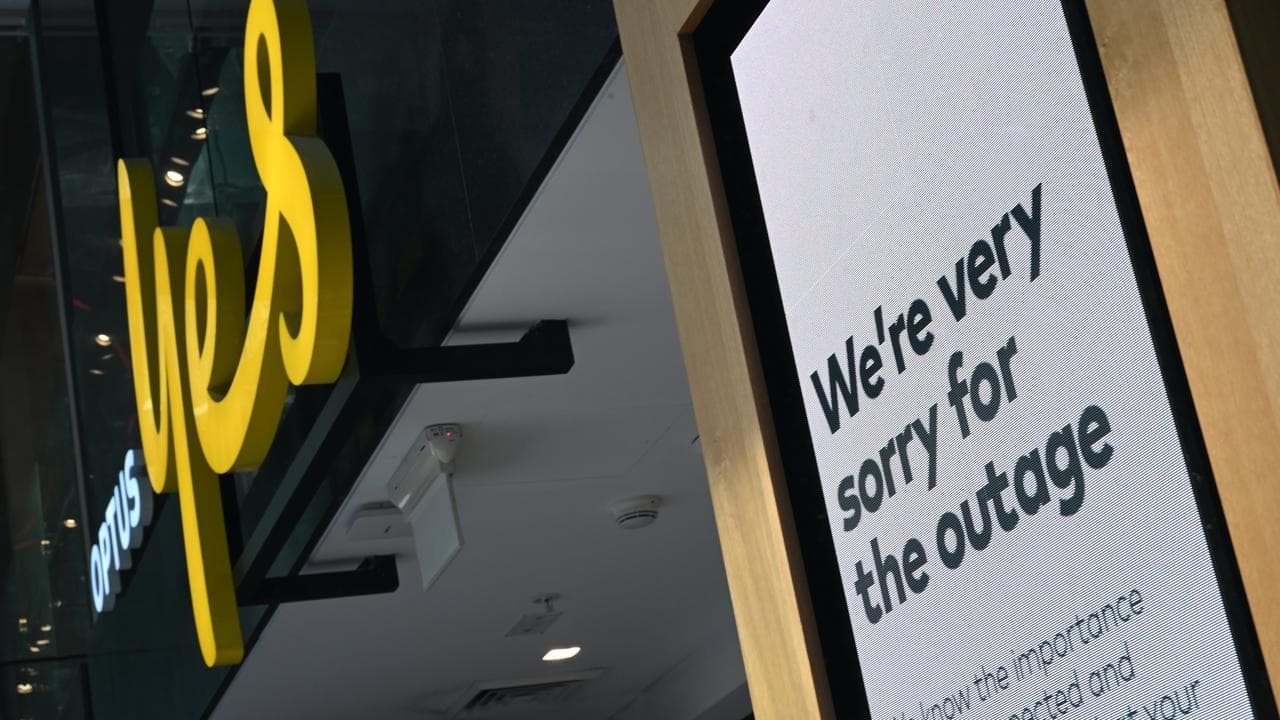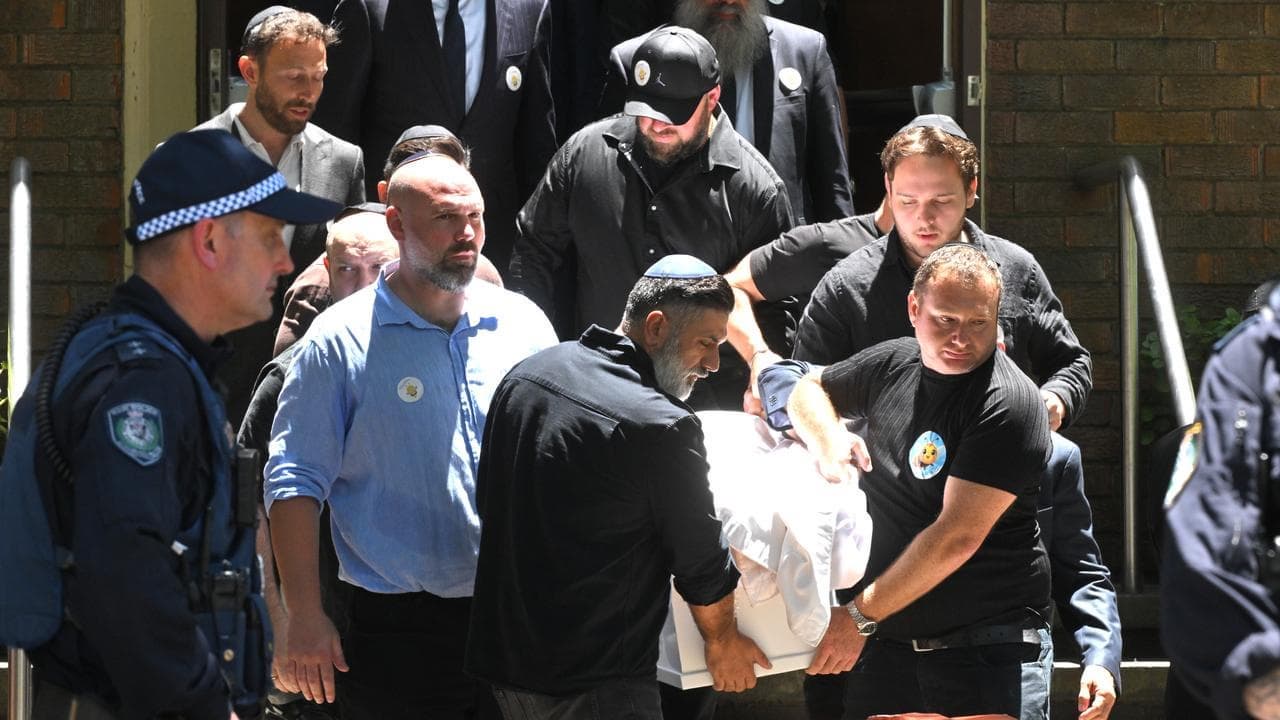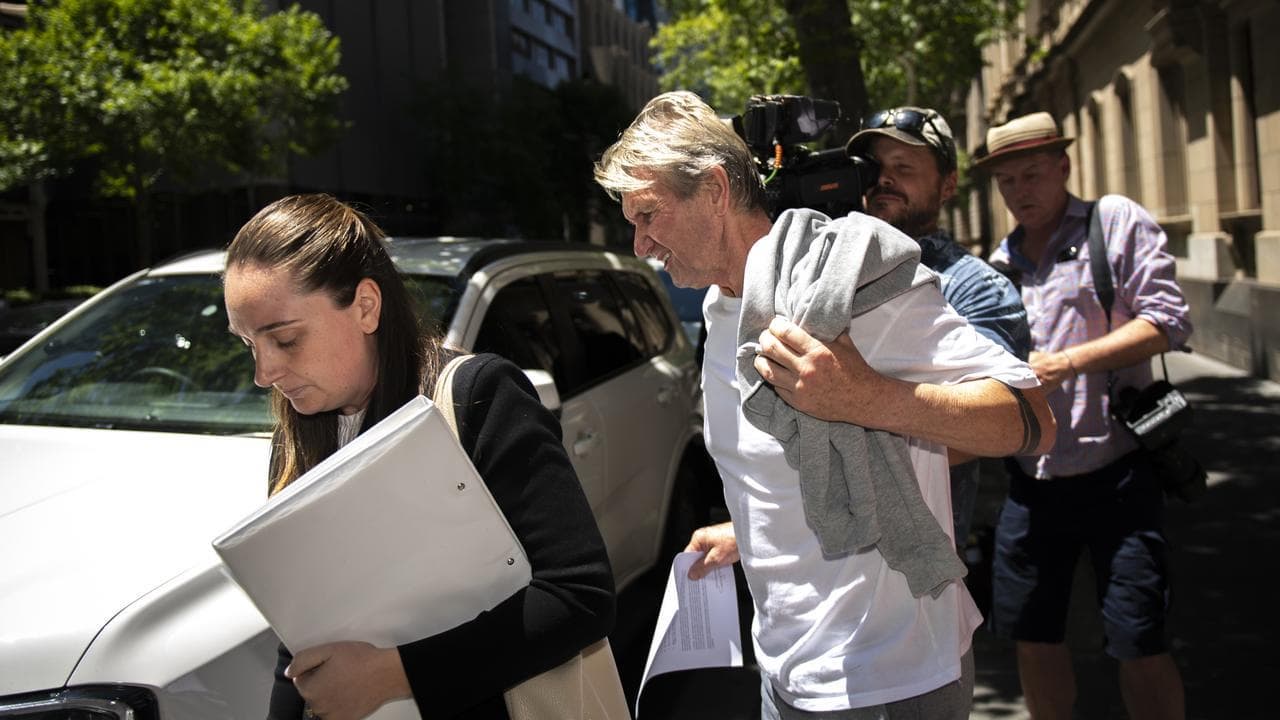AAP FACTCHECK - Australians don't know how much they would end up paying for nuclear energy as major parties push questionable price claims ahead of the election.
Labor has put a $600 billion price tag on the opposition's plan to build seven nuclear reactors across five states on the sites of coal-fired power stations.
Meanwhile, the coalition claims its nuclear plan is 44 per cent cheaper than the Albanese government's plan to transition the grid to renewables, backed up with storage and gas.
But the debate is mired in cherry-picked figures and flawed comparisons.
Experts told AAP FactCheck that nuclear costs are highly uncertain, and the estimates cited by politicians on both sides are incomparable.
Despite that, Anthony Albanese and Labor ministers have repeatedly claimed the price of the coalition's nuclear plan is clear.
"And when it comes to energy costs, the Coalition are promising a nuclear plan that will cost $600 billion, that will produce 4 per cent of Australia's energy needs way into the 2040s that every taxpayer will have to pay for because the private sector won't touch it with a barge pole because it doesn't add up," the prime minister told Ten News on March 26, 2025.
Energy Minister Chris Bowen, Environment Minister Tanya Plibersek and Foreign Minister Penny Wong have also claimed the coalition's nuclear plan will cost taxpayers $600 billion.

When asked for evidence, Mr Bowen's office pointed AAP FactCheck to a 2024 analysis by the Smart Energy Council - a renewable energy lobby group.
The research estimated that replacing Australian coal plants with nuclear power could cost $116 billion to $600 billion.
Labor has repeatedly cited the highest figure, which reflects cost overruns in UK and US reactor construction projects.
The council said its "most optimistic" estimate of $116 billion is derived from the CSIRO's 2024 GenCost report, which is modelled from nuclear construction costs in South Korea.
Thomas Longden, an energy systems expert from the University of Western Sydney, said nuclear cost estimates were uncertain because Australia had no experience with the technology.
He noted the Smart Energy Council's $484 billion cost estimate range demonstrated this, highlighting the need to present multiple cost scenarios.
"A transparent presentation of those results is really important," Dr Longden told AAP FactCheck.
Roger Dargaville, a renewable energy researcher at Monash University, said global nuclear construction costs vary widely, with South Korea on the lower end and the UK much higher.
He referenced the UK's Hinkley Point C nuclear plant, which has suffered significant blowouts and is expected to cost triple the CSIRO estimate for a nuclear plant in Australia.
"We can see how it's reasonable to expect costs to blow out to around $300 billion," Associate Professor Dargaville told AAP FactCheck.
"It's on the upper end of the scale to think costs would go as high as double that, but in Australia large engineering projects have a tendency to blow out big time."

Victoria University energy economist Bruce Mountain said a suitable way to cite the $600 billion figure could be to make clear that it's based on analysis of cost blowouts overseas, particularly the UK.
He believes no one has sufficient insight into nuclear generator construction in Australia to develop accurate cost estimates in the first place.
"I don't have any confidence in anyone's predictions of what it would cost to develop nuclear in Australia," Prof Mountain said.
"We just do not know."
Grattan Institute energy program director Tony Wood said no one really knew the price of the coalition's nuclear plan.
"The PM was a little bold to use the Smart Energy Council's figure at all," Mr Wood told AAP FactCheck.
"He could have at least referred to 'as much as $600bn, according to a report by the Smart Energy Council'."
Coalition's nuclear figure
Opposition Leader Peter Dutton has similarly promoted his nuclear policy with a single figure, claiming it will be 44 per cent cheaper than Labor's plan, based on estimates from consulting firm Frontier Economics.
"We can have a sensible way of implementing what will be a cheaper electricity system by 44 per cent on the analysis of our plan compared to Labor's," Mr Dutton told 2GB radio in March 2025 (Timestamp nine minutes 16 seconds).
Nationals leader David Littleproud has told Sky News Australia the transition with nuclear would cost $330 billion.
However, Frontier Economics' cost estimates were based on two different scenarios modelled by the Australian Energy Market Operator: Step Change and Progressive Change.
Dr Longden said these scenarios assess potential electricity grid development under different growth rates, decarbonisation, and technological change—reflecting future uncertainty.
Step Change assumes faster economic growth and technology changes that enable industries to electrify, such as hydrogen production, while Progressive Change assumes slower economic growth.
"These scenarios aren't policy plans," Dr Longden said.
Despite that, the coalition has repeatedly associated Labor's policy with AEMO's Step Change scenario, while linking its own position to Progressive Change, which it told Frontier Economics (page 6) it considers more likely.
Frontier (p9) found that the Step Change scenario would be 25 per cent cheaper if it included nuclear, compared to AEMO's modelling of Step Change relying on renewables, storage and gas.
It also found that including nuclear in the Progressive Change scenario would be 44 per cent cheaper than AEMO's Step Change scenario.

Assoc Prof Dargaville said the coalition was comparing two fundamentally different scenarios, particularly as carbon emissions fall far faster under Step Change.
"The nuclear scenario and the AEMO ISP Step Change scenarios are like comparing apples and oranges," he said.
"They don't come close to achieving the same goals."
Mr Wood called the coalition's comparative estimates "fundamentally flawed" with significant uncertainties, especially regarding small modular reactors.
This newer technology operates only in China and Russia, with one test reactor in Japan, the International Atomic Energy Agency's Small Modular Reactors publication (page 10) said.
An Australian Academy of Technological Sciences and Engineering report last year found small modular reactor costs had "not yet been demonstrated".
Mr Wood said it was impossible to verify future nuclear costs, suggesting the focus should be on the risks and uncertainties of such a policy.
"What is pretty certain is that the opposition's plan means more emissions between now and 2050 and no impact on power bills in the foreseeable future," he said.
AAP FactCheck is an accredited member of the International Fact-Checking Network. To keep up with our latest fact checks, follow us on Facebook, Instagram, Threads, X, BlueSky, TikTok and YouTube.







